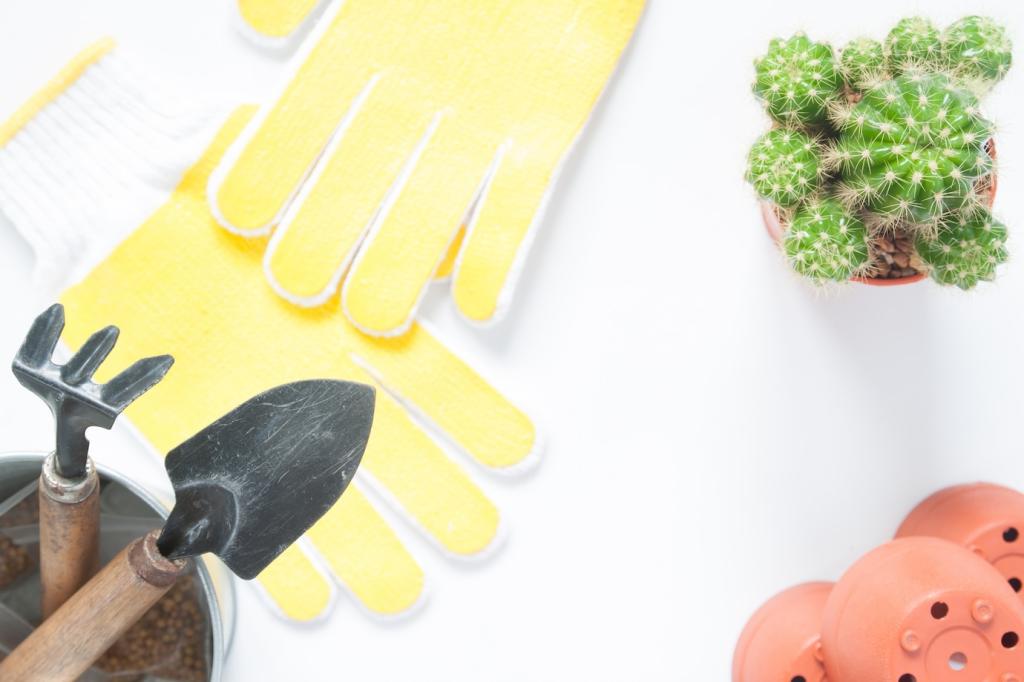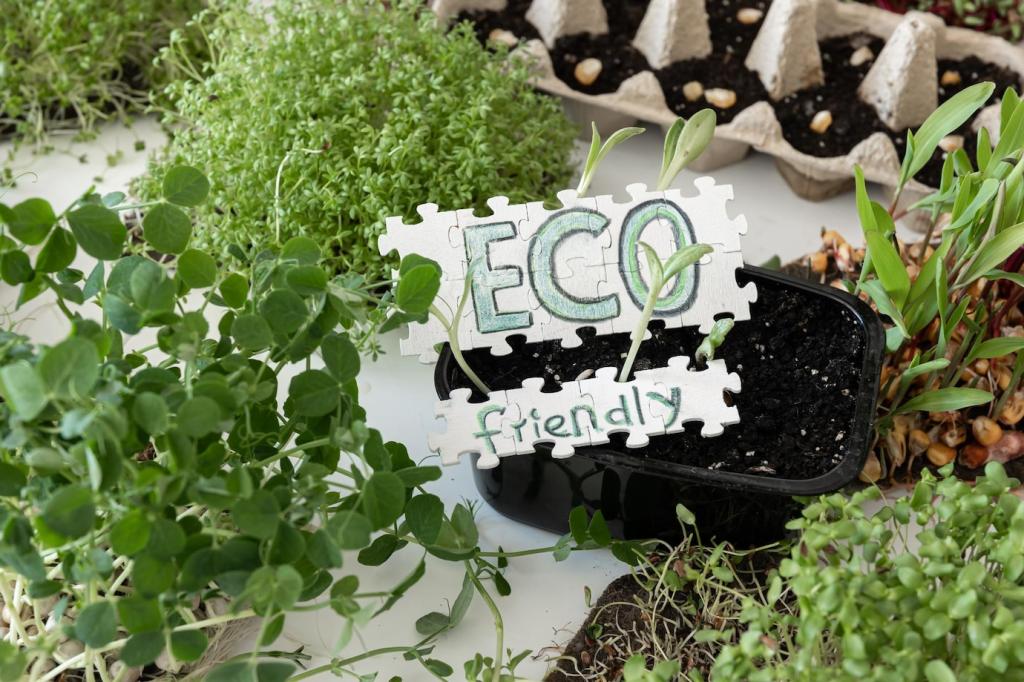Finishes and Oils That Respect the Planet
Penetrating oils harden within the wood, emphasizing grain and offering repairable protection. Apply thin coats, allow generous drying time, and buff between applications. Dispose of oily rags safely by drying flat to avoid dangerous heat buildup.
Finishes and Oils That Respect the Planet
A soft beeswax blended with a light citrus solvent adds a protective, touchable finish that smells clean without synthetic perfumes. Use sparingly, polish well, and ensure good ventilation while applying to support both comfort and safety.
Finishes and Oils That Respect the Planet
For color that breathes, try milk paint mixed with mineral pigments, then seal with a plant-based topcoat. The result is matte, durable, and easily renewed. Small chips can be spot-blended, reducing waste and preserving a handmade character.
Finishes and Oils That Respect the Planet
Lorem ipsum dolor sit amet, consectetur adipiscing elit. Ut elit tellus, luctus nec ullamcorper mattis, pulvinar dapibus leo.






